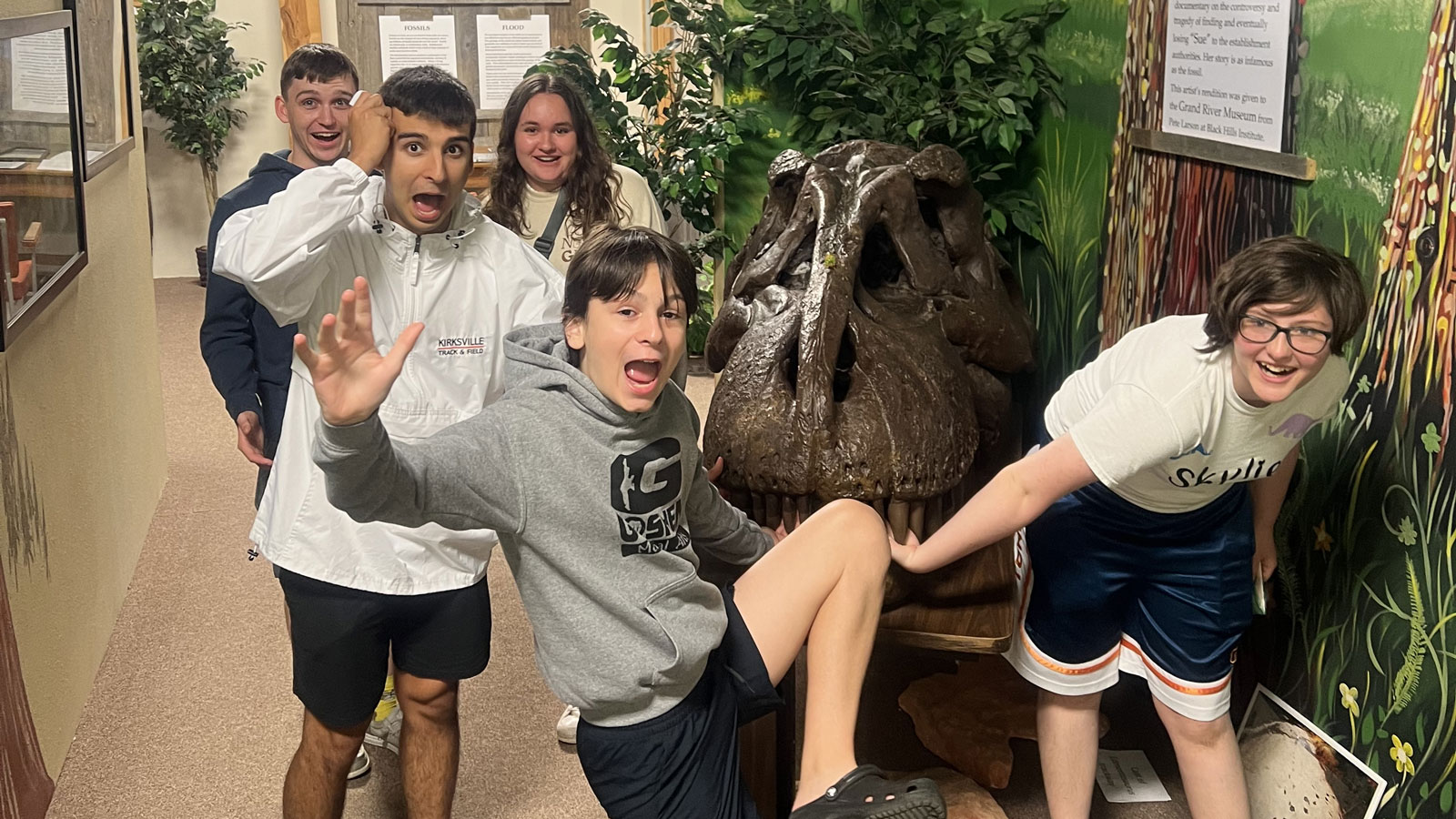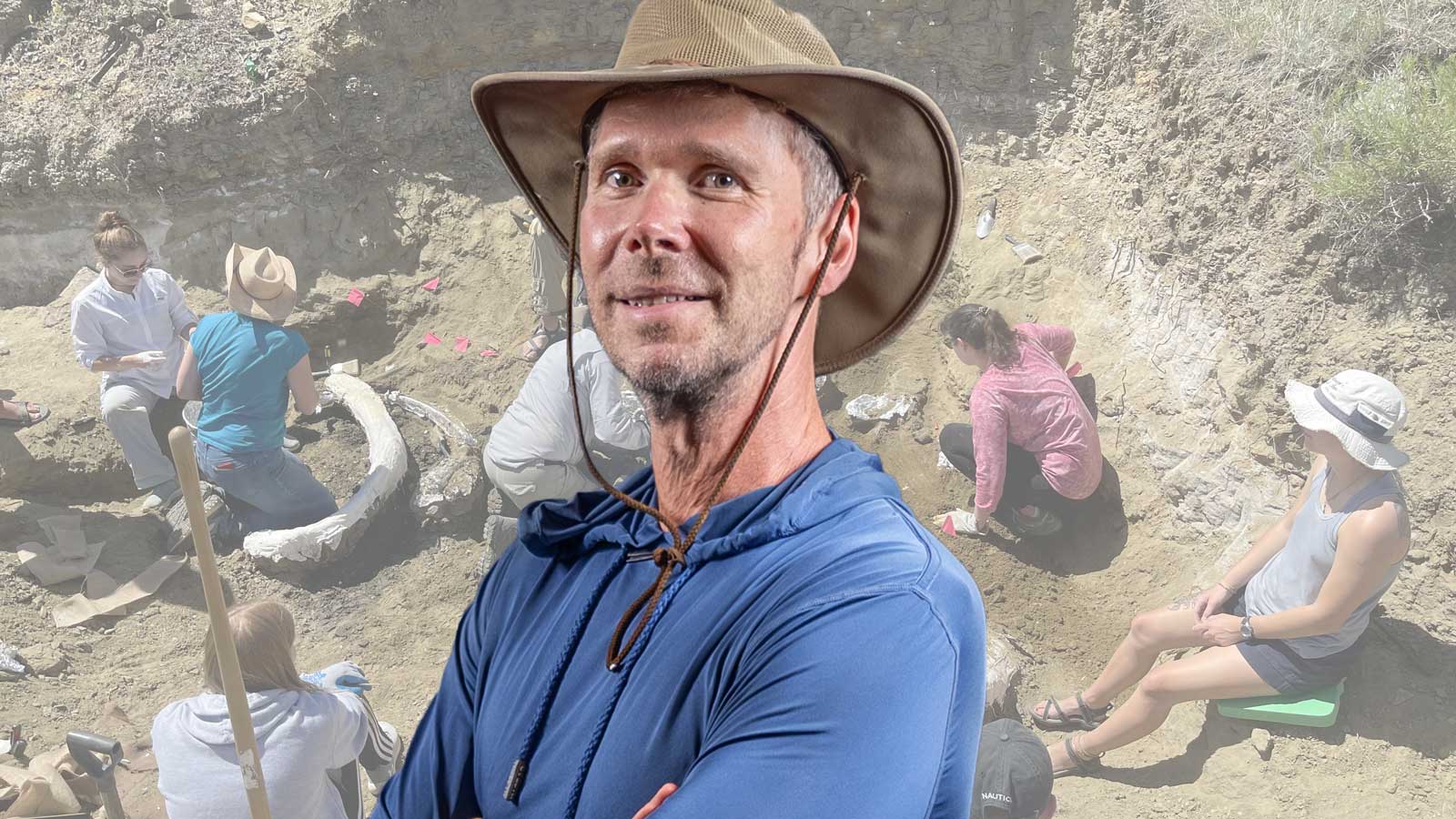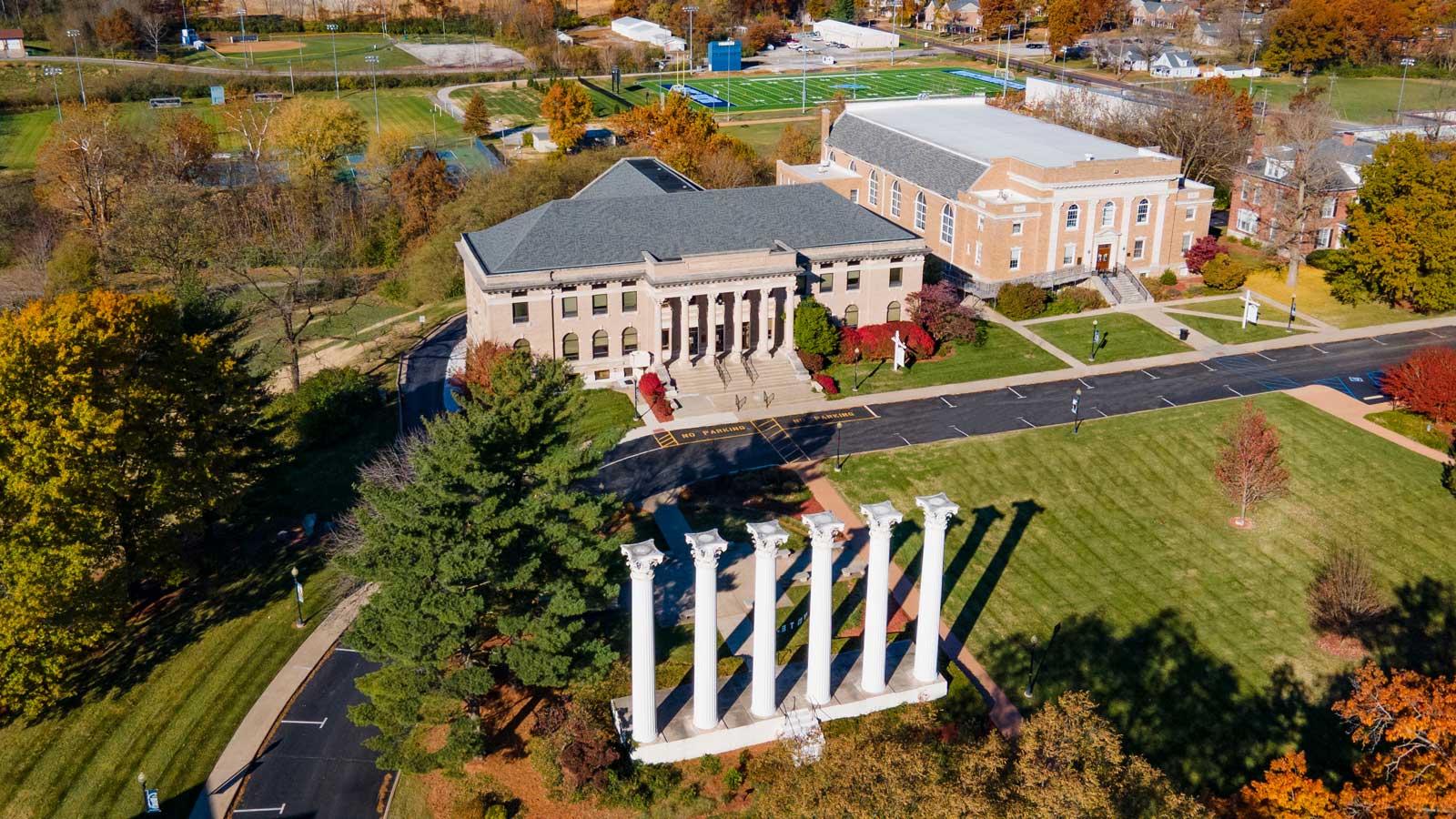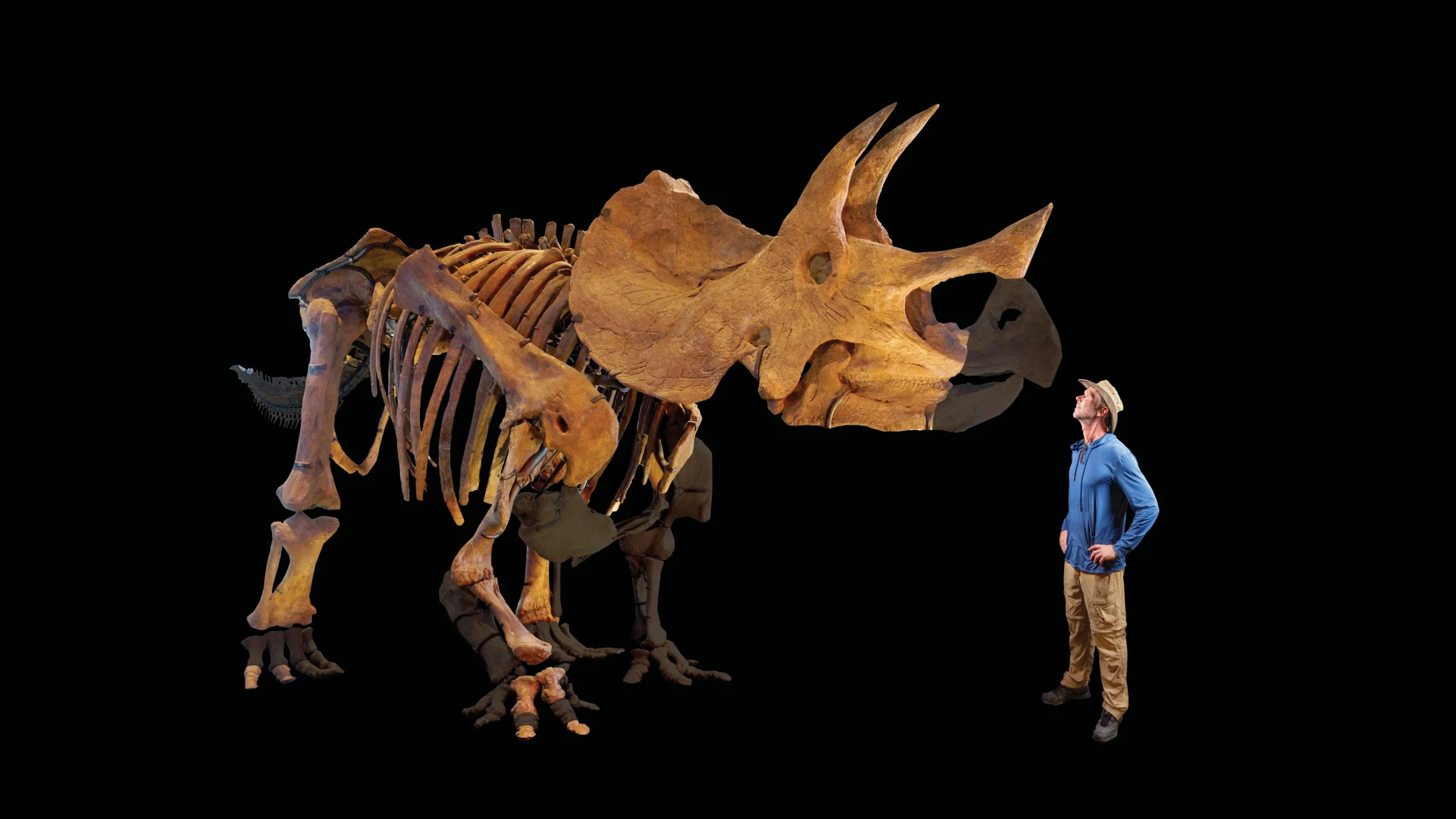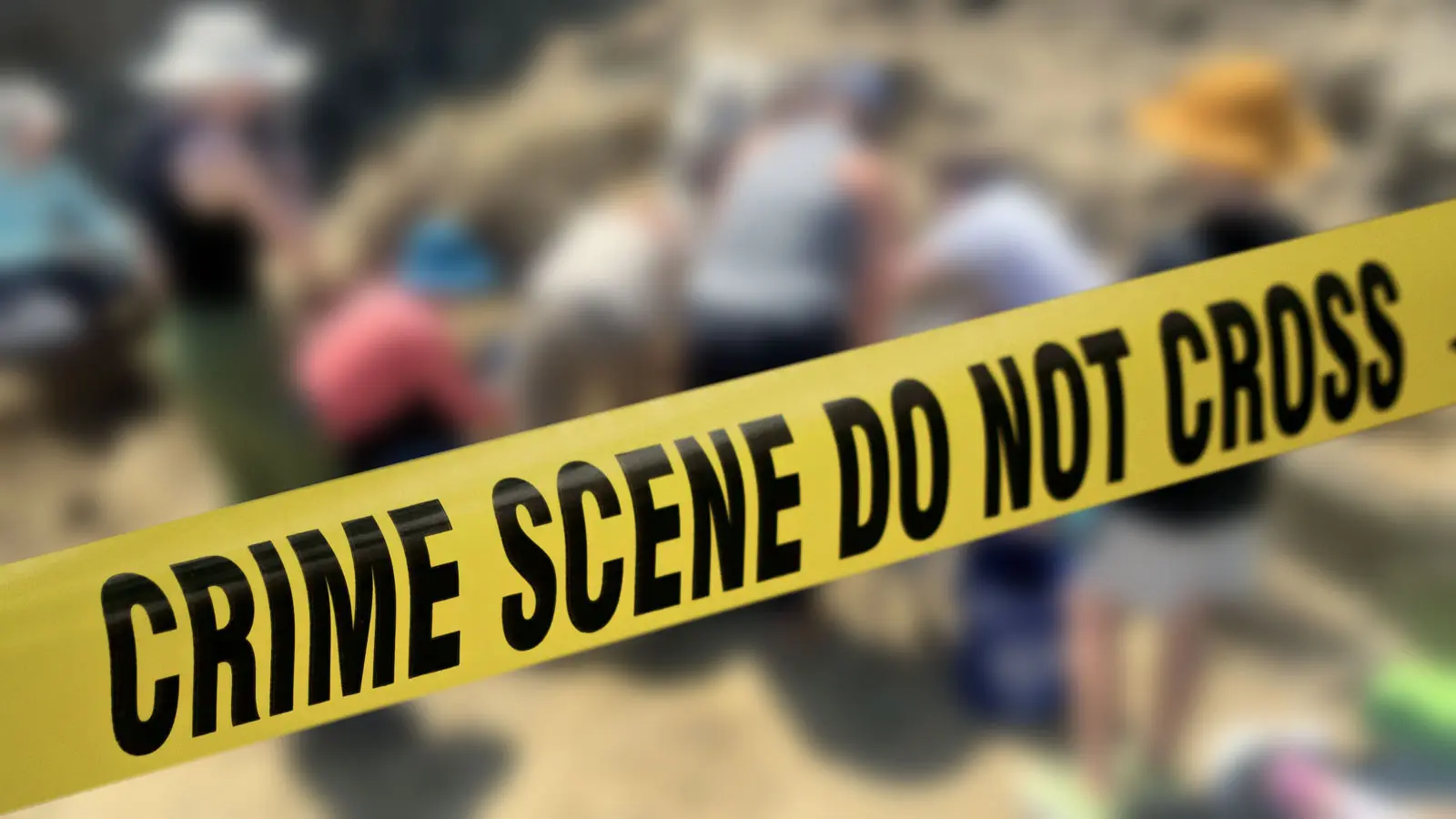
Spring rains flooded the quarry area, preventing workers from approaching the slick, muddy terrain to uncover bones previously discovered there. A tibia, three rib bones, and other remains littered the site at the Grand River National Grassland near Shade Hill, South Dakota, leading investigators to question whether the bones were those of the known victim, or if others ― who suffered the same fate ― would be discovered. The team began to conclude they were witnessing a murder scene.
When the rains finally ceased nearly a week into the month-long investigation, the team resolutely arrived at dawn for another grisly discovery: bite marks on the victim's bones.
A Grisly Crime Scene or Graveyard Vandalism?
The scenario above is real, but it is not from a CSI crime series spinoff. It is a description of the day-to-day investigative work undertaken by faculty members and undergraduate researchers associated with the Department of Biology and Environmental Science at Westminster College in Fulton, Missouri.
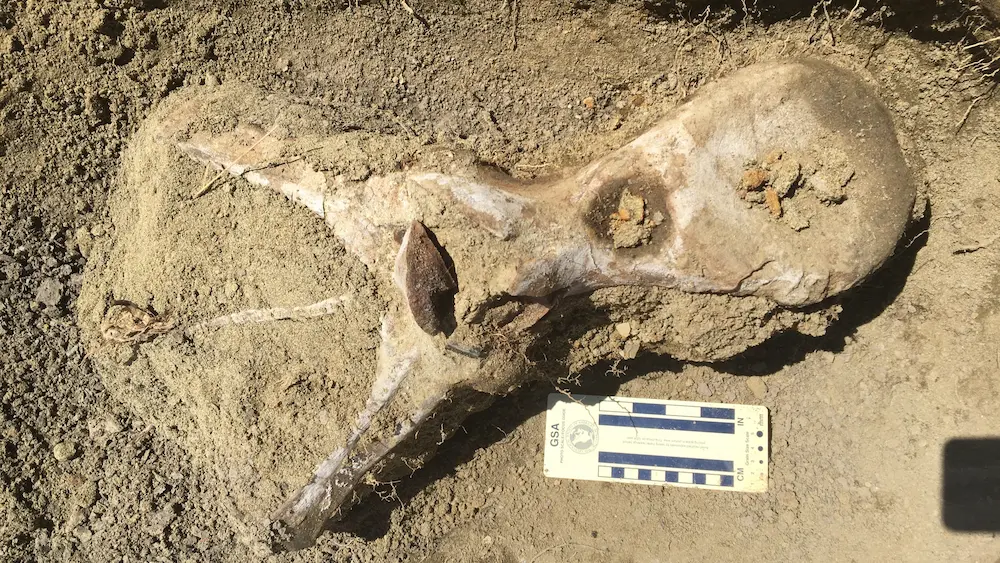
In June 2024, approximately 29 students, faculty and staff members, alumni, and friends from the small, private college successfully completed a fifth dig to unearth the remains of a 66 million-year-old Triceratops they triumphantly discovered in 2019.
The incredible story made national headlines in 2020, making Shady the Dinosaur a star and the unofficial mascot of Westminster's Biology and Environmental Science Department.
Each summer since then, the devoted band of Shady researchers grows larger and more enthusiastic while retaining the adventurous spirit of Indiana Jones, the thorough inquisitiveness of seasoned crime scene investigators, and the collaborative enthusiasm of modern-day NASA scientists.
What Teeth Marks Potentially Reveal
In 2023 and 2024, the Westminster researchers made significant progress in learning about the circumstances of Shady's death … or at least the Triceratops' fate immediately following its demise, prior to being buried deep in the earth of South Dakota for millions of years. Punctures and grooves that resemble bite marks indicate carnivores may have feasted on Shady's carcass. Teeth belonging to theropods such as the Tyrannosaurus rex, smaller raptors, and crocodiles were found throughout the dig site.
And Shady's bones were pulled apart.
"We're pretty certain that Shady was probably dismembered by scavengers," explains Dr. David Schmidt, who runs the annual Shady dig each summer. The Associate Professor of Biology and Environmental Science matter-of-factly describes a situation that at first sounds like a gruesome murder. But he adds that Shady's cause of death has yet to be determined.
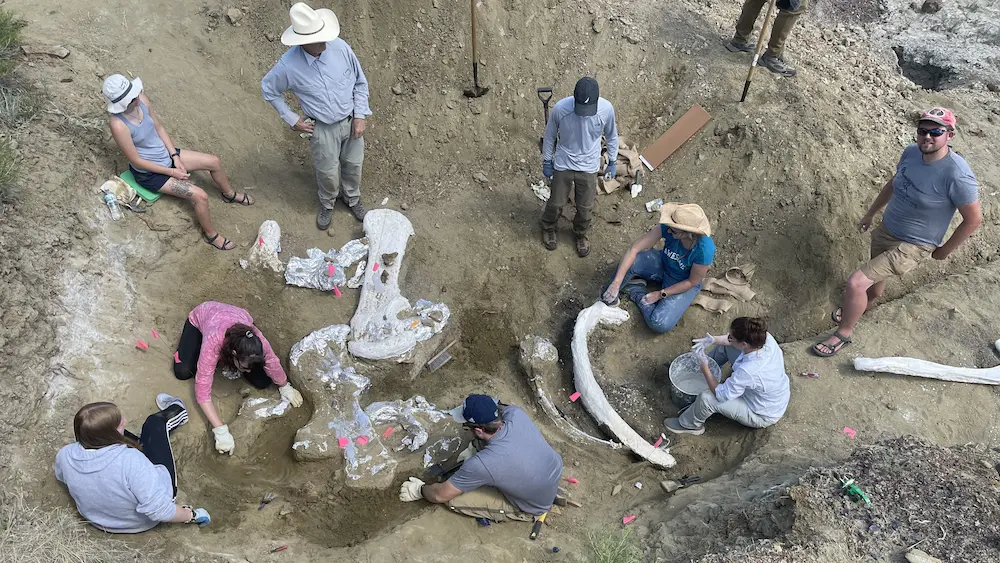
"We think Shady died on the floodplain," Schmidt says, correcting the first assumption but admitting that the Westminster researchers are not yet certain of what happened to the dinosaur.
They suspect that Shady may have died of disease. Abnormalities and deformities on the Triceratops' bones suggest that possibility. They also have concluded that Shady made it to adulthood, because the animal's bones were fused, and the dinosaur might be male.
"That hasn't been resolved yet with certainty, but based on size, what we typically see with vertebrates is that the male is larger, and Shady is quite large for a Triceratops," Schmidt says of the 25-foot-long, 10-foot-tall Triceratops.
Cross-Departmental Collaboration to Solve a Shady Mystery
In October 2024, when this article was updated from its original printing, four months had passed since Schmidt's return from spending about eight hours each day at the dig site that has welcomed the Westminster team since 2013: six years prior to finding Shady. The digs are made possible because of a Westminster's longstanding professional relationship with the National Forest Service.
By fall 2024, Schmidt had prepared the team's most recent findings for environmental science coursework that will keep students busy through at least 2025.
Museum Studies Sleuths
Each academic year, students in the Department of Biology and Environmental Science also join forces with those in the College's unique Museum Studies Program, which is the only undergraduate program of its kind in Missouri (and one of few in the United States). Together, students spend months categorizing, cleaning, and displaying fossils, focusing in 2023 on one of Shady's tibia, a few of the dinosaur's pelvic bones and ribs, and one of Shady's toe claws; various theropod teeth; amber discovered inside of a fossilized log nearby.
In 2024, the team is focusing on their most recent discoveries: additional hind limbs, various foot bones and tail vertebrae, as well as the sacrum — one of the larger bones in the body of a Triceratops that is composed of fused vertebrae, forming Shady's enormous, rigid hip structure.
In the summer of 2024, the team continued to find organic debris and fossilized, carbonized wood concentrated on preferred sides of many of the bones. Schmidt theorizes the debris was trapped against Shady's bones as flood waters passed over the large dinosaur's carcass.
Future Departmental Detectives
Today, faculty members in other departments are eagerly offering to collaborate in additional ways, and Schmidt says he is pleased to see Shady's network grow. The mysteries of Shady's life and death are what keep the Westminster team coming back to the dig site, and eagerly back into the classroom, year after year.
"Just the nature of the preservation of Shady and all of the things that we're finding is just gold," Schmidt muses. "It's just so exciting for all of us to see and hold a specimen that's been lying there for 66 million years. I simply can't describe it."
This article was originally published on Westminster's news site on August 2023 and was updated in October 2024.
For More Information
For more information on Westminster's environmental science major, please contact Dr. Dawn Holliday, Chair of the Department of Biology and Environmental Science, at Dawn.Holliday@WCMO.edu.
Visit Our WebsitePlease Stand Up
Won't the real Shady donors please stand up … and help us care for Westminster's very own Triceratops? To assist with expenses associated with Shady's upkeep and eventual reconstruction for display, visit our Giving Page at WCMO.edu/giving. Just select "Give to Westminster Online," and under Fund, choose "Other." Be sure to drop "Shady" or "Dinosaur" in the Special Instructions box!
Donate NowExplore More About Shady
